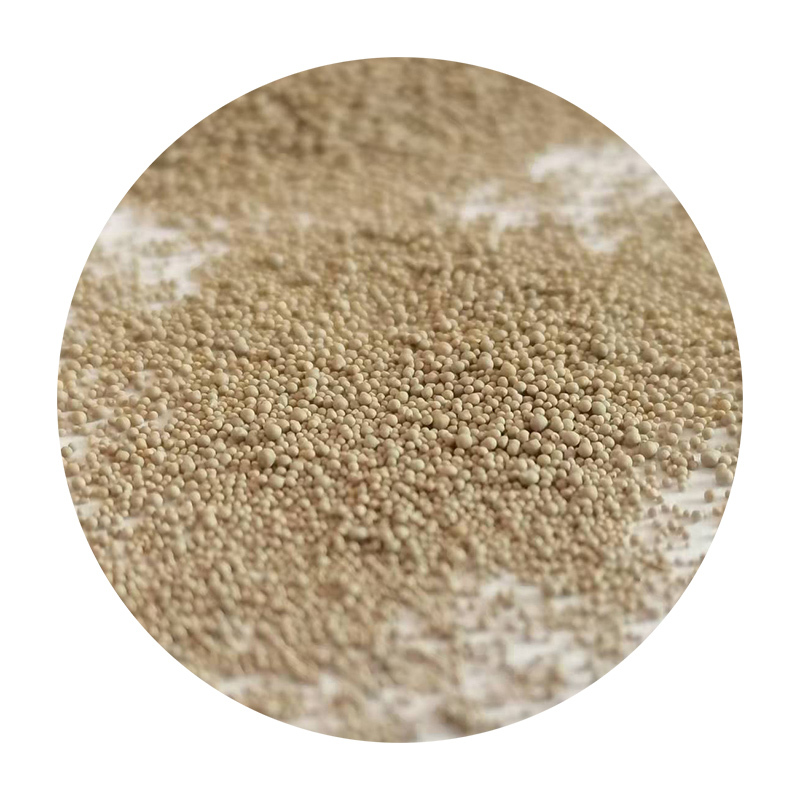Metal Sand Casting An Overview of the Process and Its Applications
Metal sand casting is a widely used manufacturing process that dates back thousands of years. It is a method where molten metal is poured into a mold made from sand to create various components and products. The simplicity and versatility of this process make it indispensable in a variety of industries, from automotive to aerospace. This article explores the metal sand casting process, its advantages, applications, and some challenges it faces.
The Sand Casting Process
The metal sand casting process begins with the creation of a pattern, which is an exact replica of the final product. This pattern is usually made from wood, plastic, or metal and is designed to be slightly larger than the final object to account for metal shrinkage as it cools. The next step is to prepare the mold by mixing sand with a binding agent, often clay or resin, to create a mixture that can hold its shape when packed around the pattern.
Once the mold is prepared, the pattern is placed inside, and sand is packed around it to form a mold cavity. After packing, the sand is often treated with heat or chemical binders to enhance its strength. The pattern is then removed, leaving behind a hollow space where the molten metal will be poured.
The next stage involves heating the metal to its melting point and then pouring it into the mold cavity. This is often done using induction furnaces, which provide precise temperature control, reducing the risk of defects. Once the metal has cooled and solidified, the sand mold is broken away to reveal the cast object.
Advantages of Metal Sand Casting
Metal sand casting offers numerous advantages that contribute to its widespread use. Firstly, the process is cost-effective, especially for low to medium production volumes. The materials used in sand casting, such as sand and metal, are relatively inexpensive compared to other casting methods.
Secondly, sand casting is highly versatile. It can accommodate a wide range of metal alloys, including aluminum, iron, bronze, and steel. This flexibility makes it suitable for producing a variety of parts, from small intricate components to large industrial tools.
metal sand casting

Additionally, the sand mold can be easily modified, allowing for quick adjustments and iterations in design. This is particularly beneficial in industries where prototypes and small batches are common. The ability to produce complex geometries and varying wall thicknesses further enhances the adaptability of the process.
Applications of Metal Sand Casting
Metal sand casting is used across multiple industries due to its versatility. In the automotive sector, it is employed to manufacture engine blocks, cylinder heads, and other critical components. The aerospace industry also utilizes sand casting techniques to produce lightweight yet strong parts that can withstand extreme conditions.
Moreover, metal sand casting is vital in the production of artistic sculptures and architectural fixtures, where aesthetic and intricate designs are paramount. The construction industry benefits from sand casting for producing structural components and tools that are essential for building infrastructures.
Challenges in Metal Sand Casting
Despite its benefits, metal sand casting is not without challenges. One of the primary issues is the surface finish of the cast parts. Sand casting can leave a rough surface, which may require additional machining to achieve the desired finish. This can add time and cost to the overall manufacturing process.
Furthermore, the accuracy of the dimensions can be compromised, especially if the mold is not properly prepared or the pouring is not executed with precision. This can lead to defects such as porosity, shrinkage, and inclusions, which may affect the structural integrity of the final product.
Conclusion
In conclusion, metal sand casting is a time-tested manufacturing technique that provides significant advantages in terms of cost-effectiveness, versatility, and adaptability. While challenges such as surface finish and dimensional accuracy exist, ongoing advancements in technology are continuously improving the process. As industries evolve and demand for complex and precise components increases, metal sand casting will remain a fundamental technique in the manufacturing landscape, demonstrating its enduring value and efficiency.
Post time:Дек . 24, 2024 13:10
Next:Sand Casting Solutions for Customized Manufacturing and Precision Metal Components
